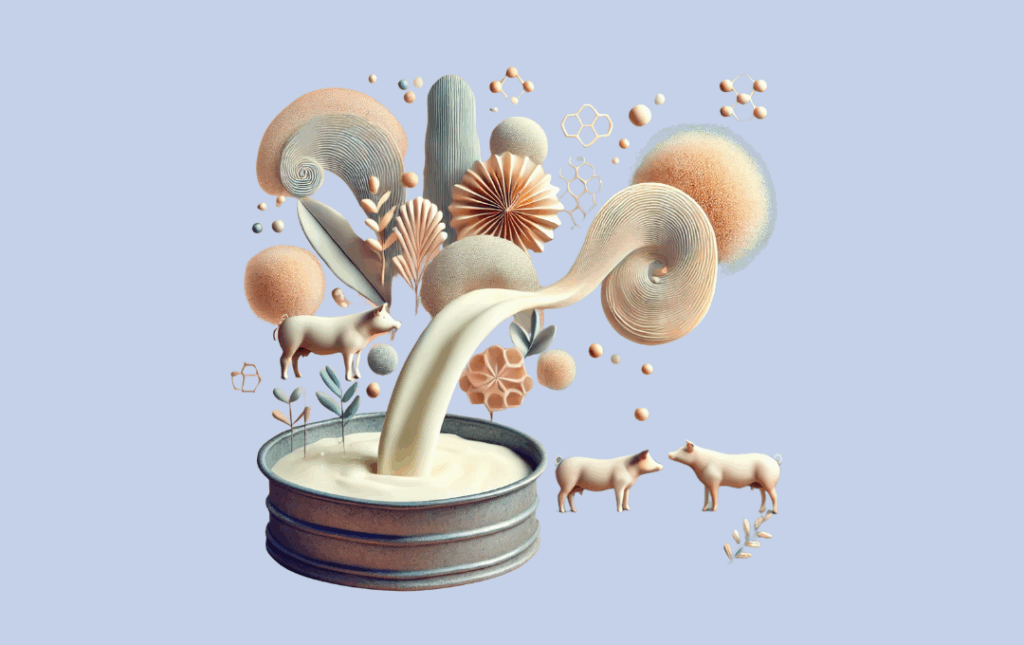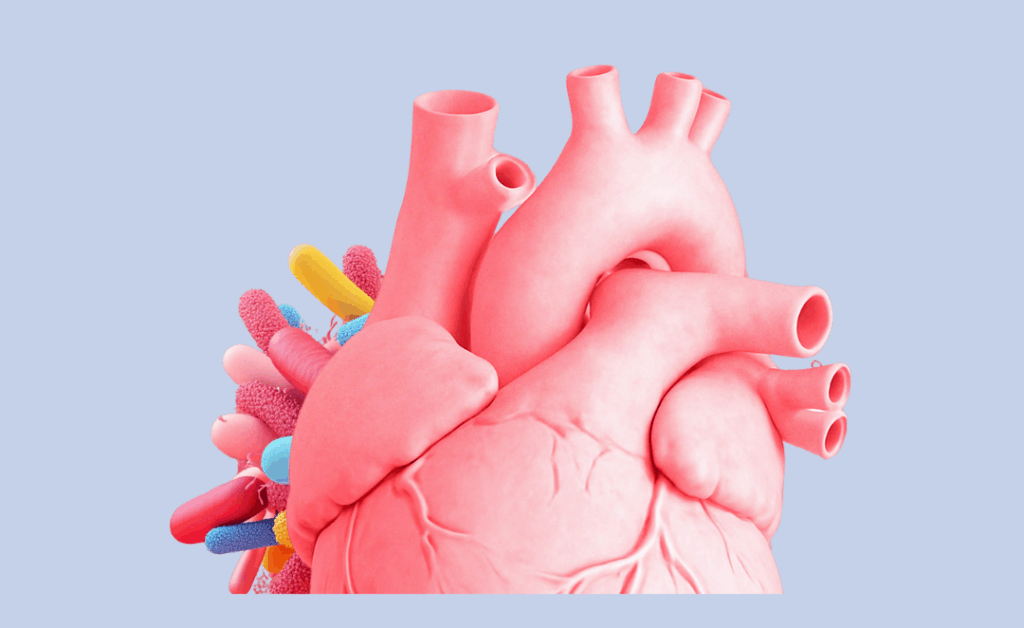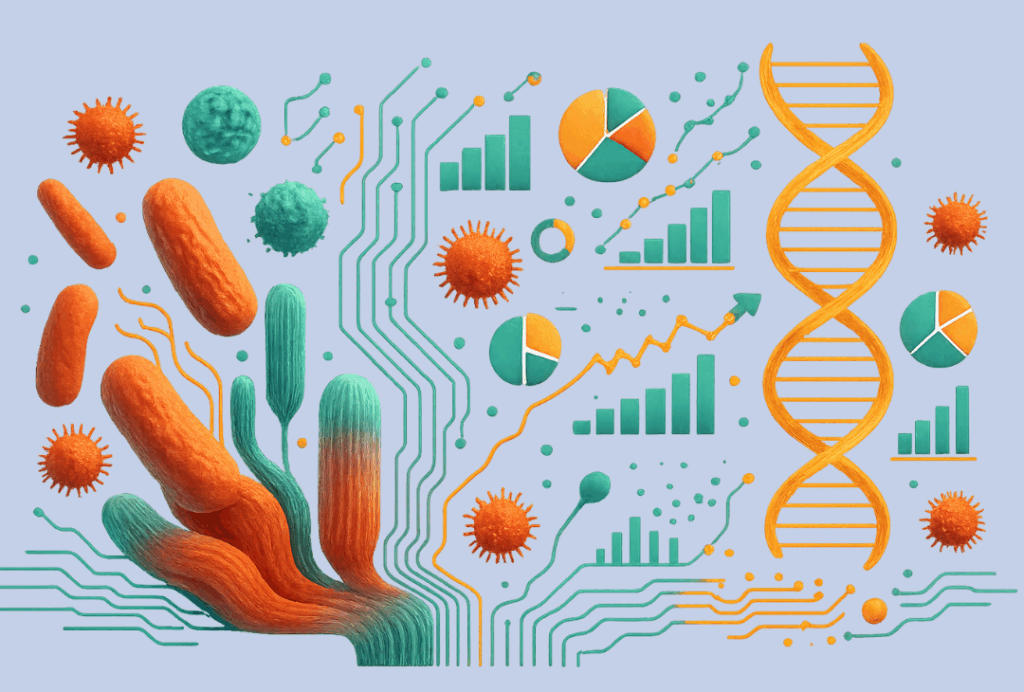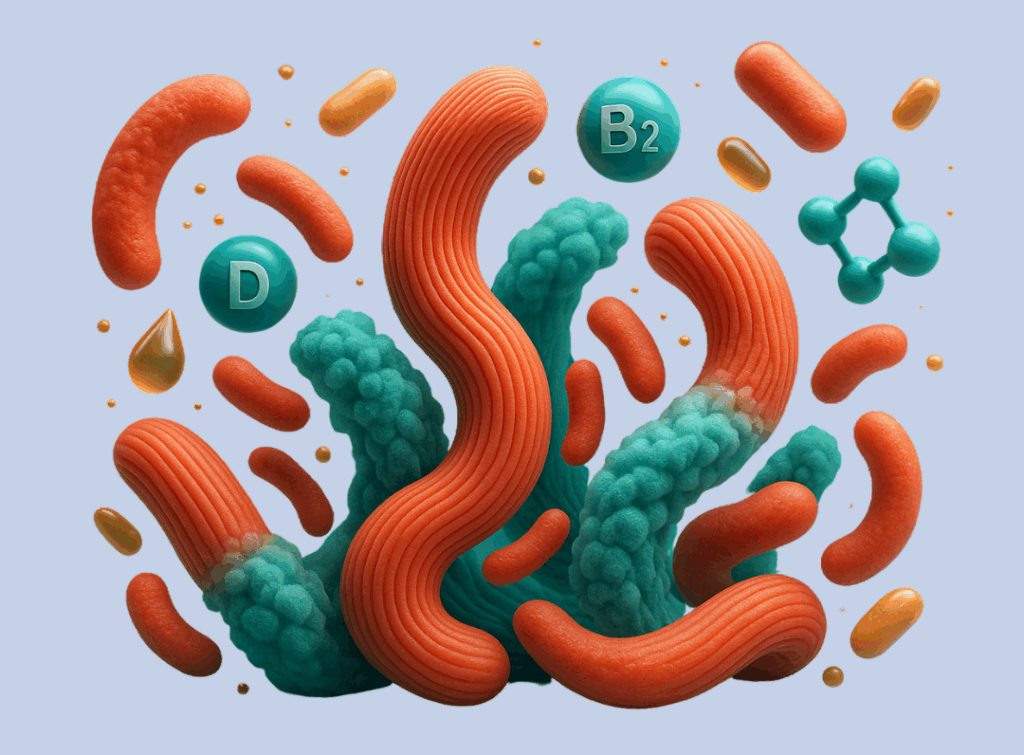Article Overview
Authors: Giuseppe Tardiolo, Orazio Romeo, Alessandro Zumbo, Marco Di Marsico, Anna Maria Sutera, Riccardo Aiese Cigliano, Andreu Paytuví, Enrico D’Alessandro
Affiliations:
- Department of Veterinary Sciences, University of Messina, Polo Universitario dell’Annunziata, Messina, Italy
- Department of Chemical, Biological, Pharmaceutical and Environmental Sciences, University of Messina, Messina, Italy
- Sequentia Biotech SL, Barcelona, Spain
Publication journal: Animals
Date of publication: February 12, 2023
Link: https://doi.org/10.3390/ani13040642
Rethinking Waste as Wellness
In the search for more natural, sustainable ways to support animal health, researchers have found surprising promise in something often discarded during cheese production: liquid whey. This by-product, rich in lactose and proteins, could be more than just waste—it might actually help shape healthier gut bacteria in pigs.
In a recent study, scientists investigated the effects of feeding pigs from the Nero Siciliano breed, a hardy and traditional Italian pig breed, a diet supplemented with liquid whey. The goal was to determine whether a liquid whey-supplemented diet could significantly alter the fecal bacterial community.
Cracking Microbial Codes with Sequentia Biotech
To analyze the complex bacterial world inside these pigs, the researchers used Sequentia Biotech’s advanced bioinformatics enabling technologies. Instead of spending months manually analyzing raw DNA reads, our bioinformatics algorithms transformed this data into a clear snapshot of the gut microbiome, identifying which bacteria were present, their abundance, and how they changed over time.
Over time, beneficial genera such as Bifidobacterium, Ruminococcus, and Cellulosilyticum increased in pigs that received liquid whey, suggesting that the diet may support microbial populations that promote gut health. Meanwhile, potentially harmful genera, including Corynebacterium and Mogibacterium, became less abundant. These findings are significant because some species in these genera have been associated with intestinal diseases in both pigs and humans.
This shift in microbial composition, even without significant changes in overall diversity, underscores how subtle dietary changes can impact gut ecosystems. It also suggests that liquid whey—an inexpensive, readily available byproduct—may be used to naturally enhance gut health in livestock, offering a sustainable solution for modern farming practices.
From Pigs to People: Why This Matters
Beyond agriculture, this kind of research has broader implications. Because pigs share many anatomical and physiological similarities with humans, especially in their digestive systems, they serve as an excellent model for understanding how diet impacts the gut microbiome. By understanding how diet affects these microbes, researchers can improve animal health, growth, and disease resistance—and even gain clues relevant to human medicine.
Thanks to state-of-the-art bioinformatics tools, researchers can now carry out high-resolution microbiome analysis not only in animals but also in clinical and nutritional studies involving humans. This opens the door to advances in personalized nutrition, microbiome-based therapies, and even the early detection of disease through microbial markers.
With the aid of metagenomics, researchers can move beyond simply cataloging bacteria and instead focus on how those bacteria respond to changes in diet. It’s this kind of detailed insight that transforms raw sequencing data into meaningful discoveries—and makes cutting-edge microbiome research accessible to a broader range of scientists, veterinarians, and healthcare professionals.
Whether in the barnyard or the clinic, the microscopic world within us is finally coming into focus, and microbiome analysis is helping us see it more clearly than ever before.
Reference:
Tardiolo, G., Romeo, O., Zumbo, A., Marsico, M. D., Sutera, A. M., Cigliano, R. A., Andreu Paytuví, & Enrico D’Alessandro. (2023). Characterization of the Nero Siciliano Pig Fecal Microbiota after a Liquid Whey-Supplemented Diet. Animals, 13(4), 642–642.









